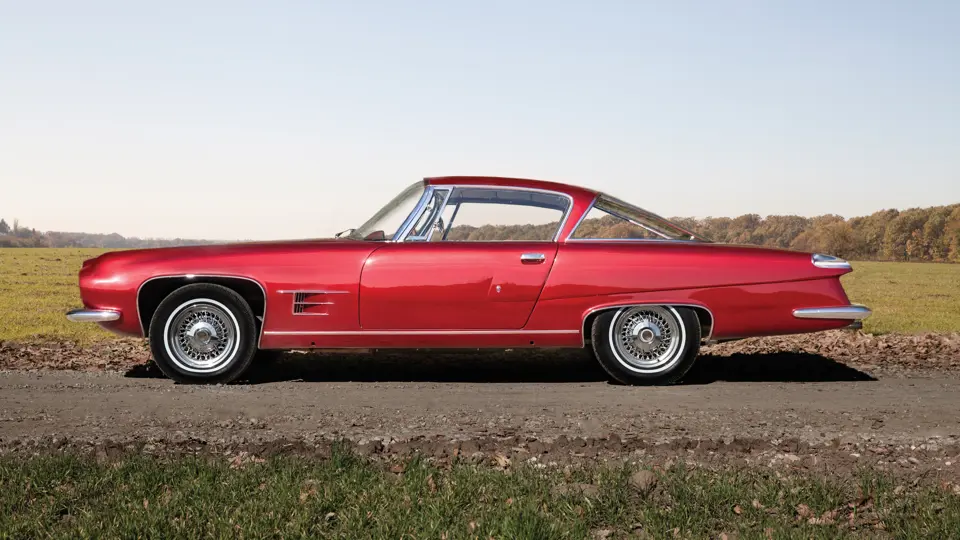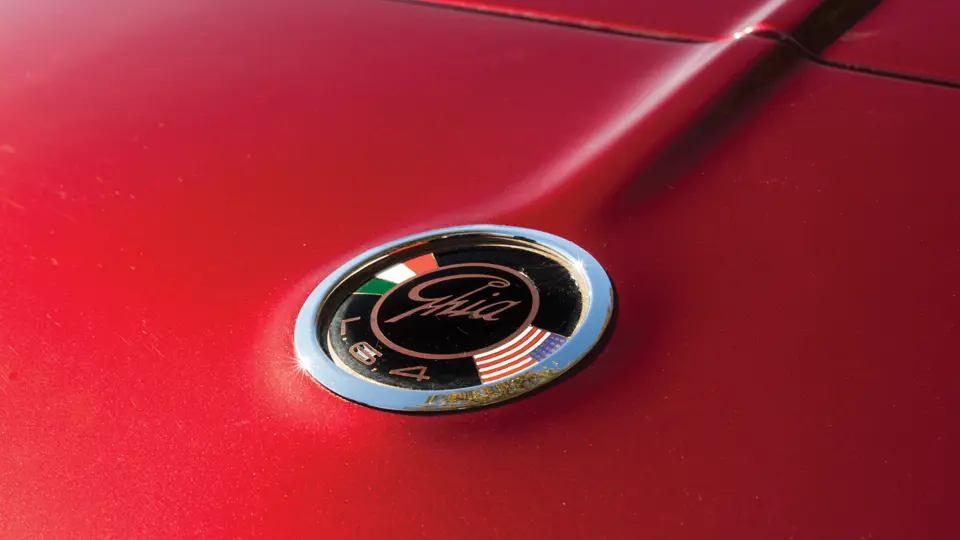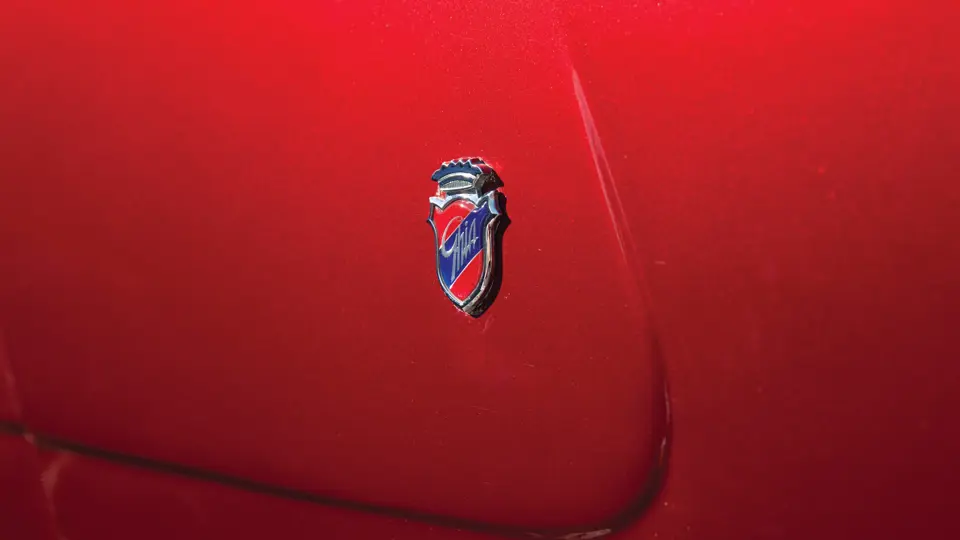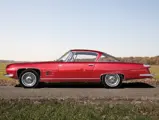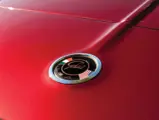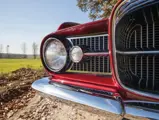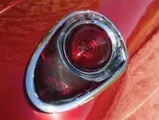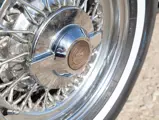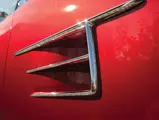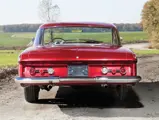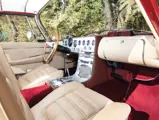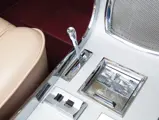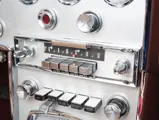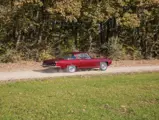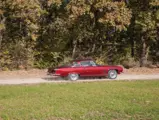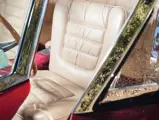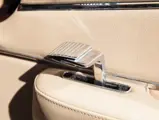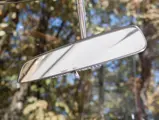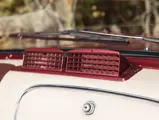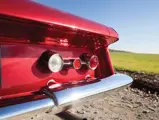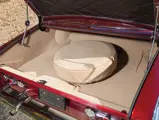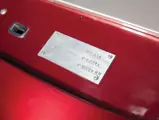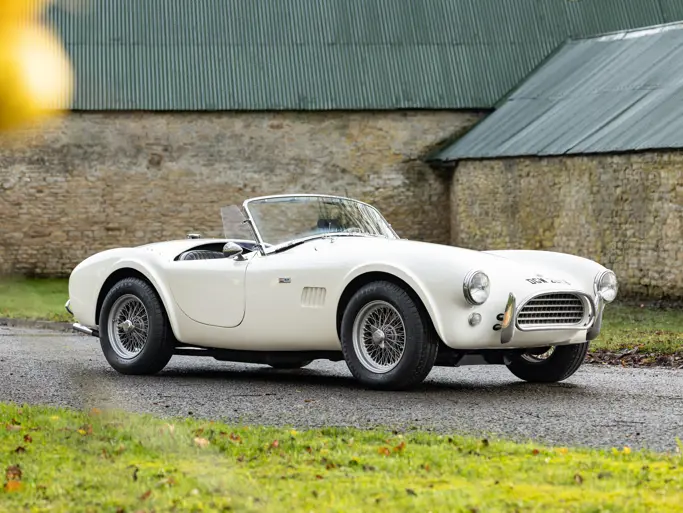
1963 Ghia L6.4 Coupé
{{lr.item.text}}
€246,400 EUR | Sold
{{bidding.lot.reserveStatusFormatted}}
- One of two exported new to South Africa
- Formerly of the Wayne Davis Collection
- Well-maintained restoration in thrilling colours
- An extraordinarily rare coachbuilt grand tourer; beloved by celebrities
- Un des deux exemplaires exportés neufs en Afrique du Sud
- A fait partie de la collection Wayne Davis
- Restauration bien entretenue, teintes superbes
- Coupé Grand Tourisme extraordinairement rare ; très apprécié des célébrités
335 bhp, 383 cu. in. Chrysler OHV “Wedge” V-8 engine with Carter four-barrel carburettor, three-speed TorqueFlite automatic transmission, independent front suspension with torsion bar and tubular shock absorbers, solid rear axle with semi-elliptical leaf springs and tubular shock absorbers, and four-wheel hydraulic drum brakes. Wheelbase: 2,920 mm
V8 Chrysler "Wedge" 383 ci (6 276 cm3), soupapes en tête, 335 ch, carburateur Carter quatre corps, transmission automatique Torqueflite trois rapports, suspension avant indépendante avec barre de torsion et amortisseurs télescopiques, pont arrière rigide avec ressorts semi-elliptiques et amortisseurs télescopiques, freins hydrauliques à tambours sur les quatre roues. Empattement 2 920 mm.
The Ghia L6.4 continued the success of the favourite automobile of the 1950s jet set, the legendary Dual-Ghia. The L6.4 was a sleek new hardtop designed by Paul Farago and refined by Chrysler’s Virgil Exner. It was built completely by Ghia without American involvement, with the coachbuilder even constructing the chassis around 1960 Chrysler suspension components and a 383–cubic inch “Wedge” V-8 displacing 6.4 litres, hence the model’s christening as the L6.4.
Priced at an astonishing $13,500 US, the L6.4 brought back Frank Sinatra and Lucille Ball as return customers, and no one could deny that the buyer got his or her money’s worth; the Ghia was among the finest-finished automobiles in the world. It was not the price that was the problem. It was the cost of production, as well as the complications of building a car in Italy and selling it in the United States. In the end, the L6.4 was doomed to a brief yet glorious existence, with only 26 built and sold.
The beautiful example offered here is chassis number 0313. According to Ghia historian Dr Paul Sable, it was one of two originally imported to South Africa by a private businessman, F. Hofman, for himself and his wife. It was later purchased in 1990 by South African enthusiast Peter Grove, who five years later undertook its restoration to its present appearance in a rich metallic maroon with a tan leather interior. The car was then sold to Mark Hilbert, who brought it to the United States, and it was later owned for several years by the prominent Dual-Ghia enthusiast Wayne Davis before joining its present owner’s distinguished European collection.
The Ghia’s restoration has held up well and still shows nicely, including the rich lustre of its paint and good panel fit and gaps throughout, as well as the properly fitted upholstery, wool carpeting, door panels, and burlap-type trunk lining and spare tire covering. Equipped with both air conditioning and a radio, it is still every bit the luxe GT for crossing a route nationale in high style!
Pour donner suite au succès de la légendaire Dual-Ghia, voiture préférée de la jet set des années 1950, la Ghia L6.4 est née sous la forme d'un élégant coupé dessiné par Paul Farago et affiné par Virgil Exner, le styliste Chrysler. La L6.4 était entièrement assemblée chez Ghia, sans intervention américaine, le carrossier ayant conçu la voiture autour des composant de suspensions Chrysler 1960 et du moteur V8 Chrysler "Wedge" 383 ci approchant 6,4 litres, d'où l'appellation du modèle, L6.4.
Vendue au prix étonnant de 13 500 $, la L6.4 attirait à nouveau Frank Sinatra et Lucille Ball comme clients, et personne ne pouvait affirmer que l'acheteur n'en avait pas pour son argent : la Ghia faisait partie des voitures les plus luxueuses et les mieux finies du marché mondial. Ce n'était pas le prix qui posait un problème. C'était le coût de production, et la complication qu'imposait une voiture fabriquée en Italie pour être commercialisée aux États-Unis. Ce qui explique la carrière brève mais glorieuse de la L6.4, qui disparaissait du catalogue après que 26 exemplaires aient vu le jour.
Le magnifique exemplaire proposé ici est le châssis n°0313. Selon Dr. Paul Sable, spécialiste Ghia, il s'agit d'une des deux voitures exportées à l'origine en Afrique du Sud par le biais d'un homme d'affaires privé, F. Hofman, pour son épouse et lui-même. En 1990, la voiture était achetée par un passionné sud-africain, Peter Grove, qui entreprenait cinq ans plus tard une restauration, dans la teinte rouge foncé métallisé qu'elle présente encore aujourd'hui, avec une sellerie en cuir beige. La voiture était ensuite cédée à Mark Hilbert, qui l'importait aux États-Unis, avant qu'elle ne s'intègre à la collection de Wayne Davis, passionné connu de Dual-Ghia. Elle y passait plusieurs années avant de rejoindre la collection de l'actuel propriétaire, en Europe.
La restauration de la Ghia a bien résisté au temps et se présente encore magnifiquement, avec une belle brillance de peinture et des panneaux de carrosserie bien ajustés. De même, la sellerie, les tapis en laine, le revêtement de coffre et la housse de roue de secours sont en bel état. Équipée de l'air conditionné et d'un autoradio, cette voiture présente encore tout le luxe d'une belle GT prête à couvrir des kilomètres de Nationale avec style !

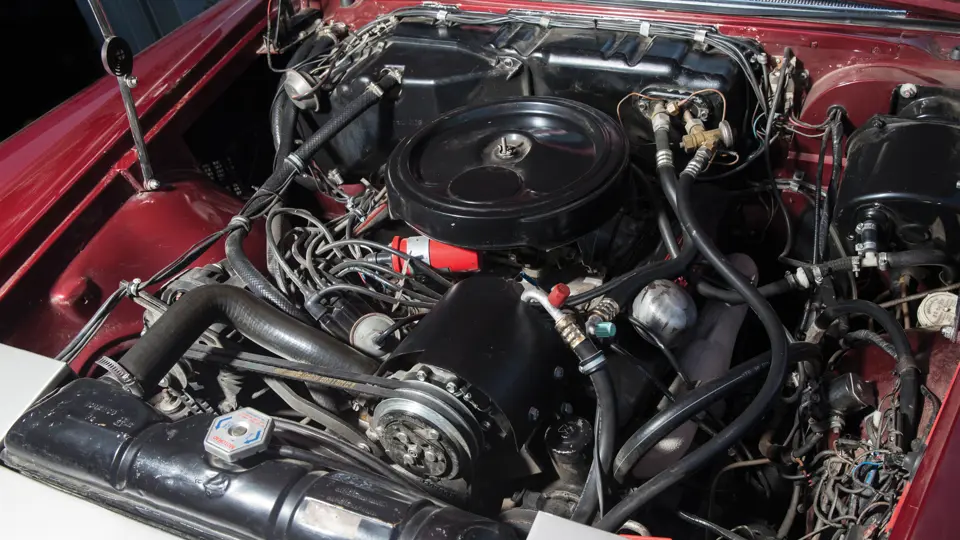
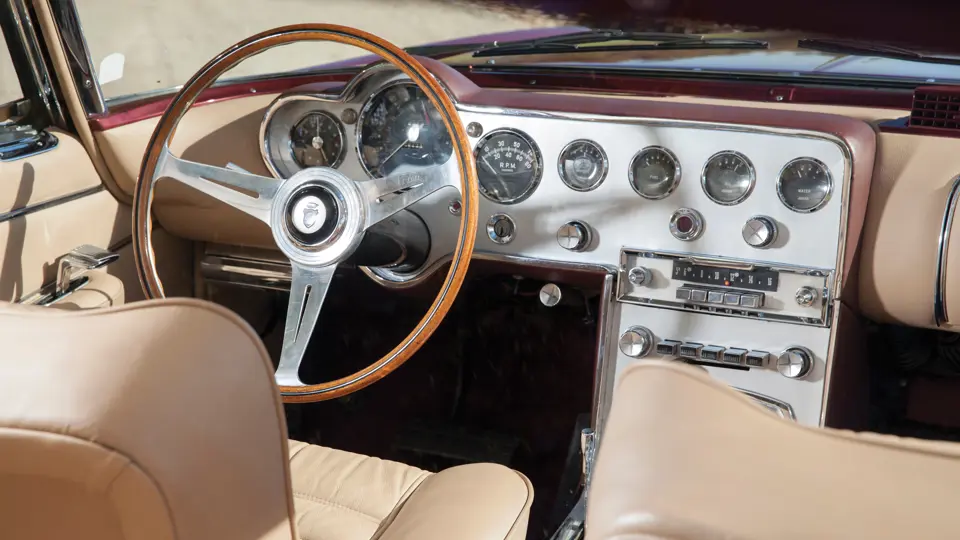

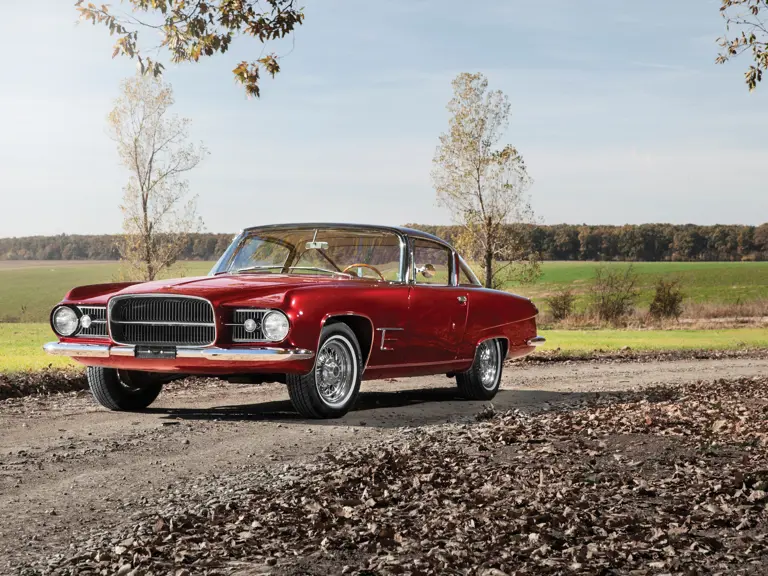
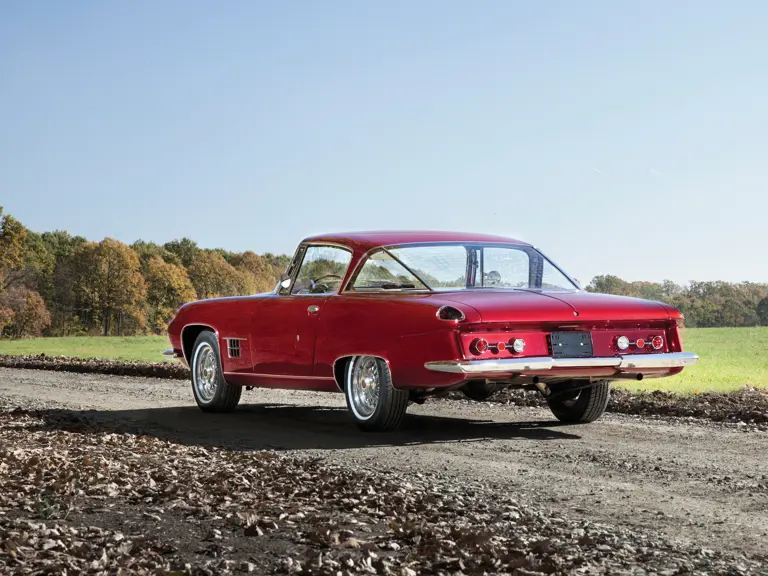
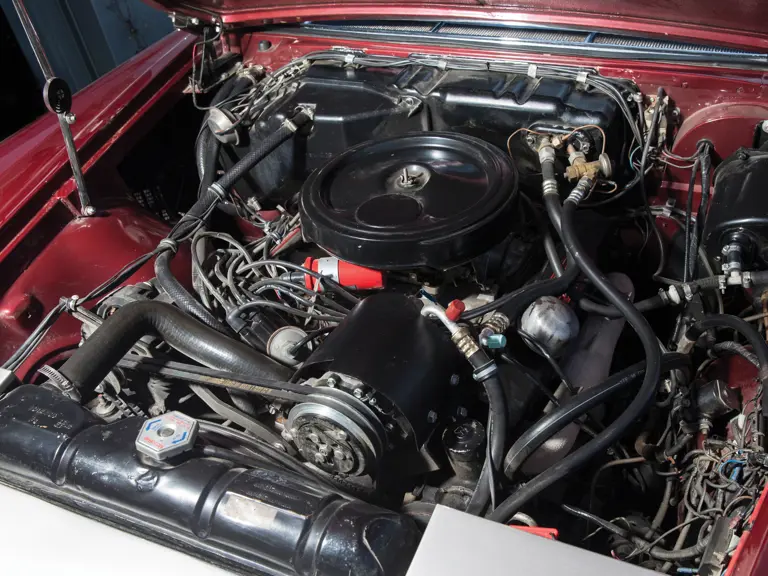
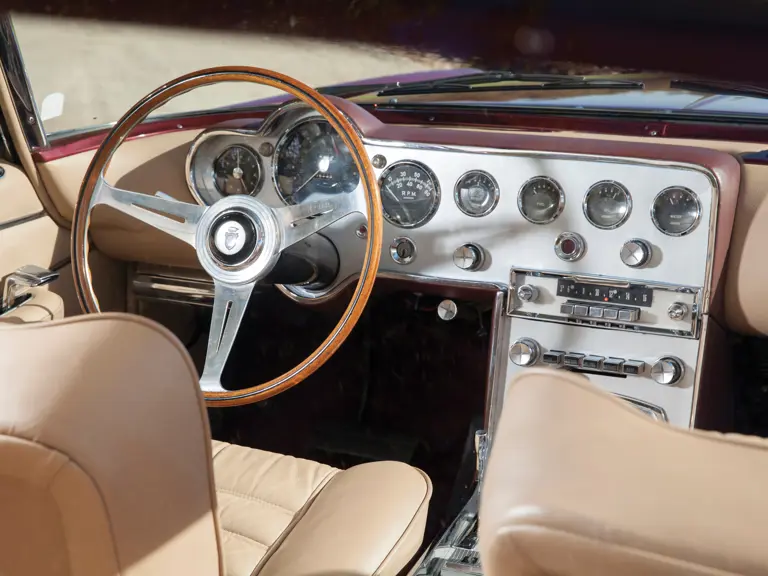
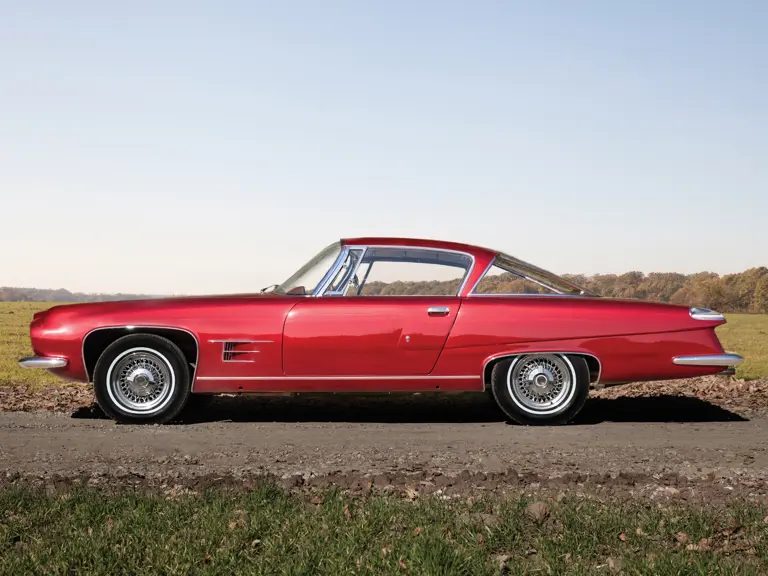
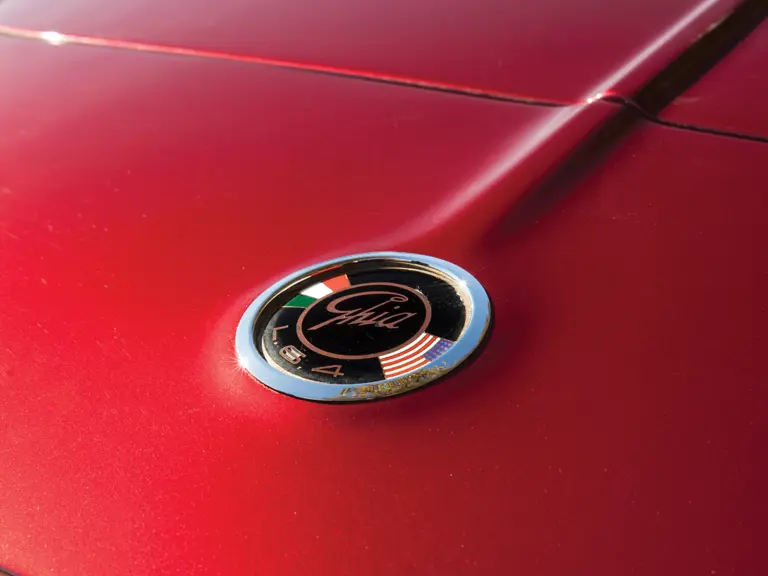
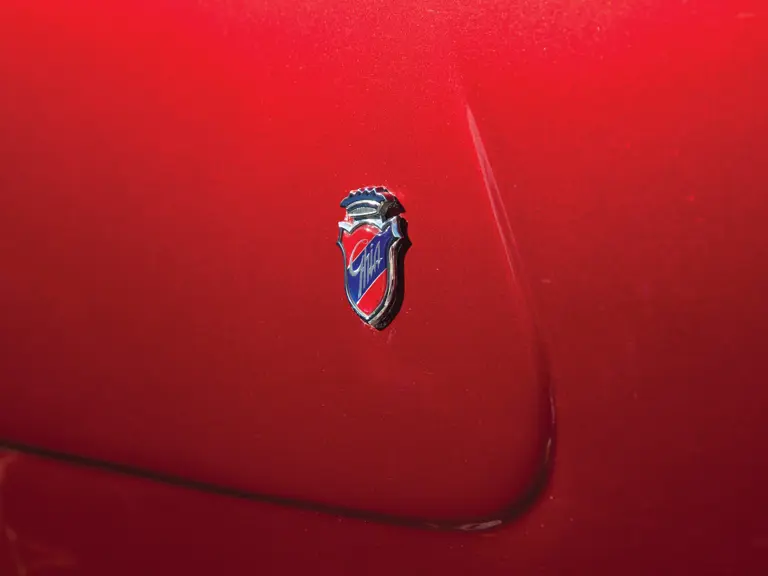


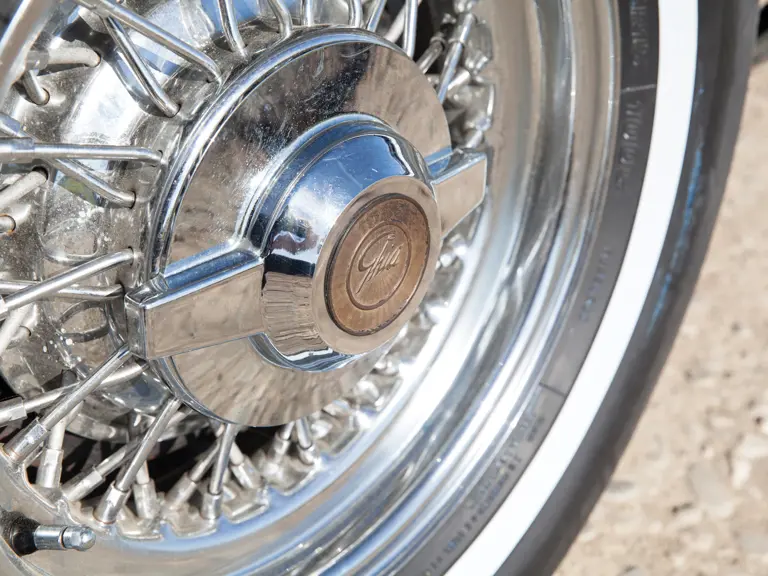
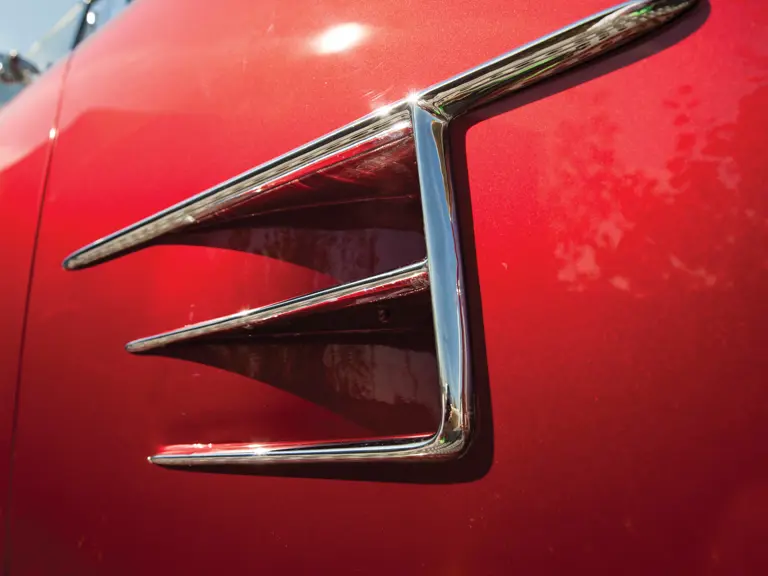
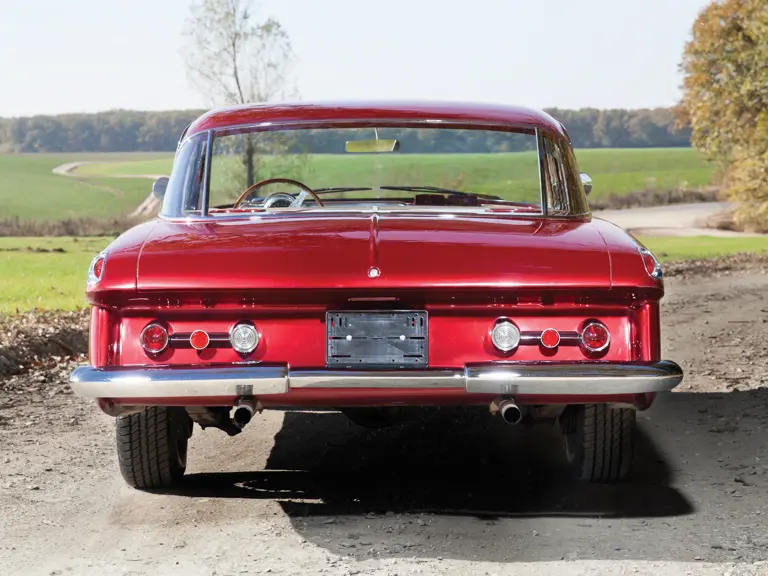
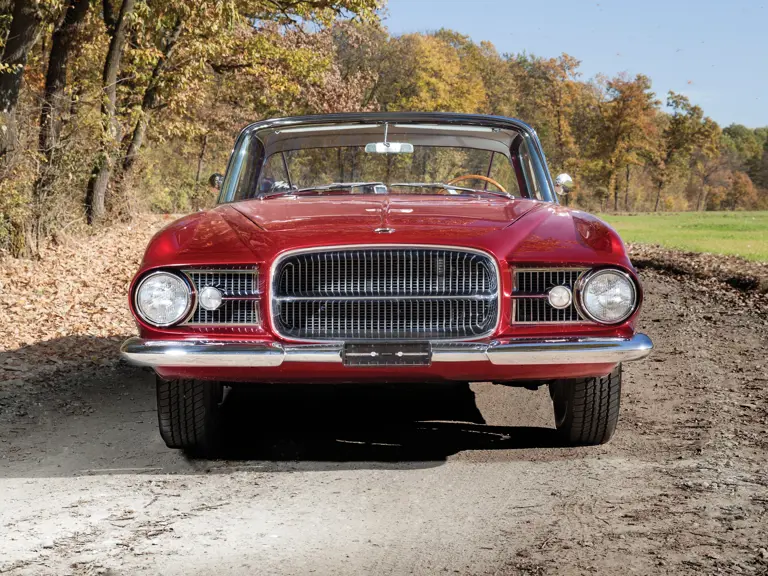
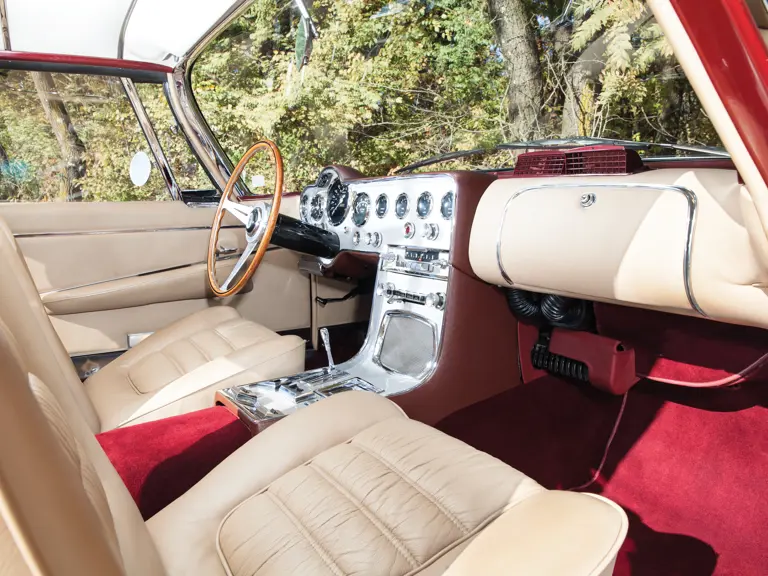
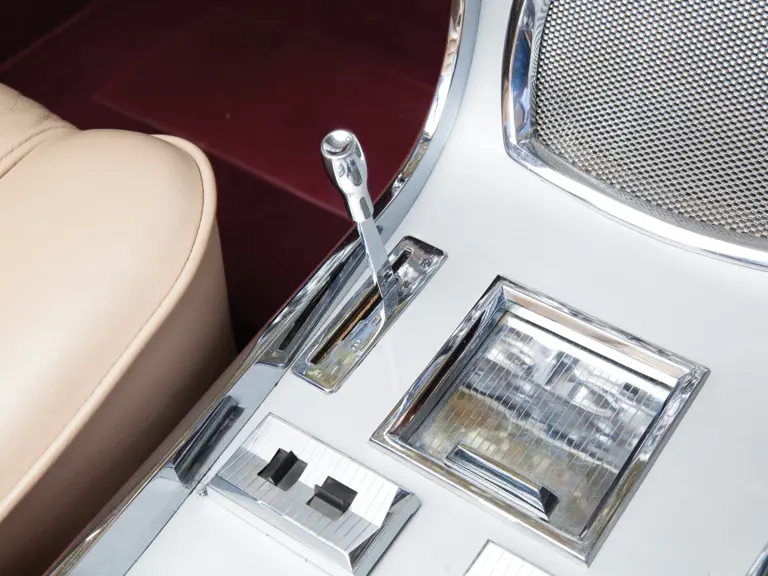
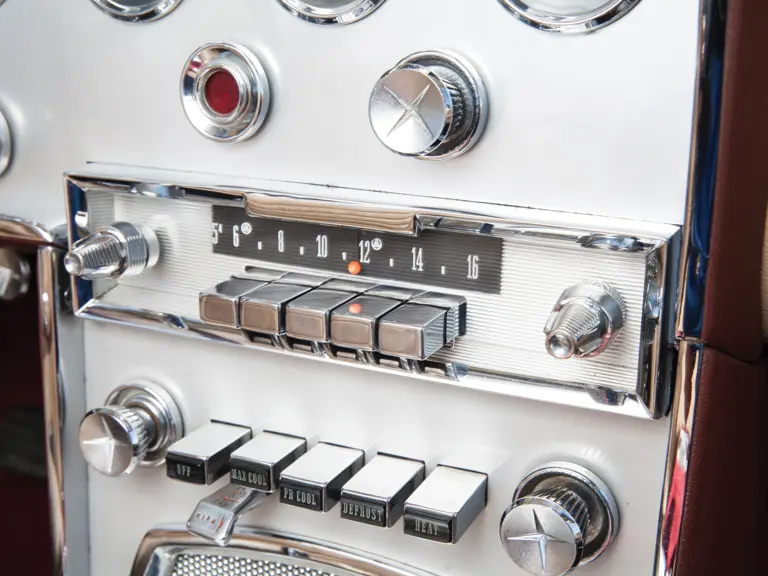
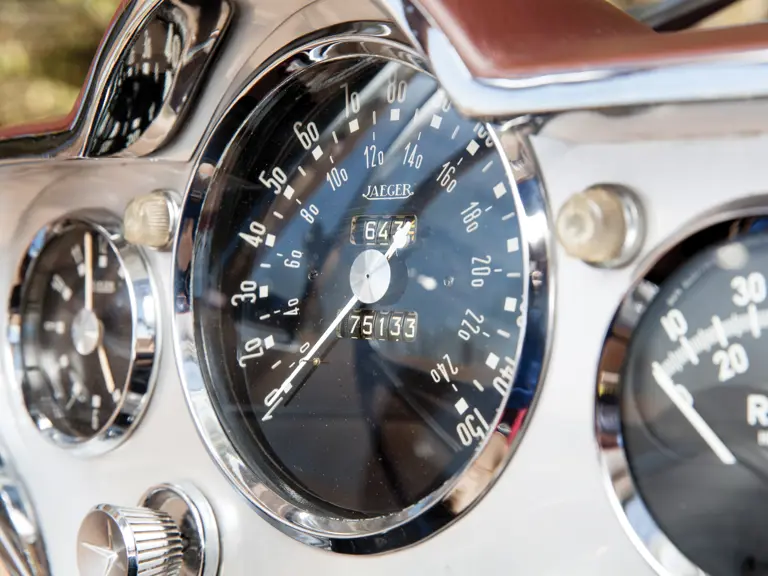
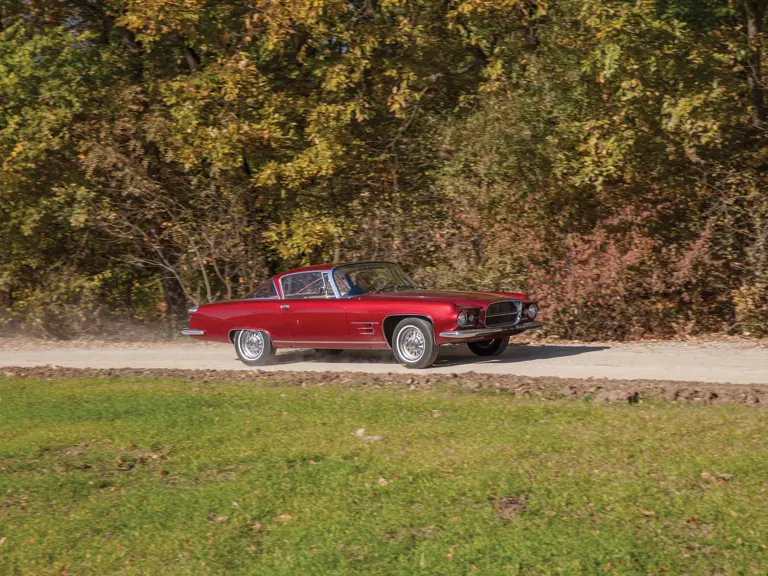
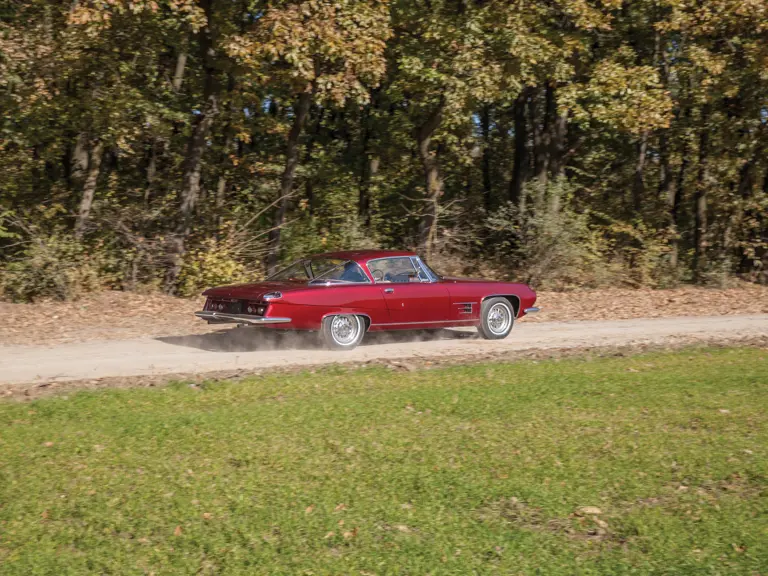
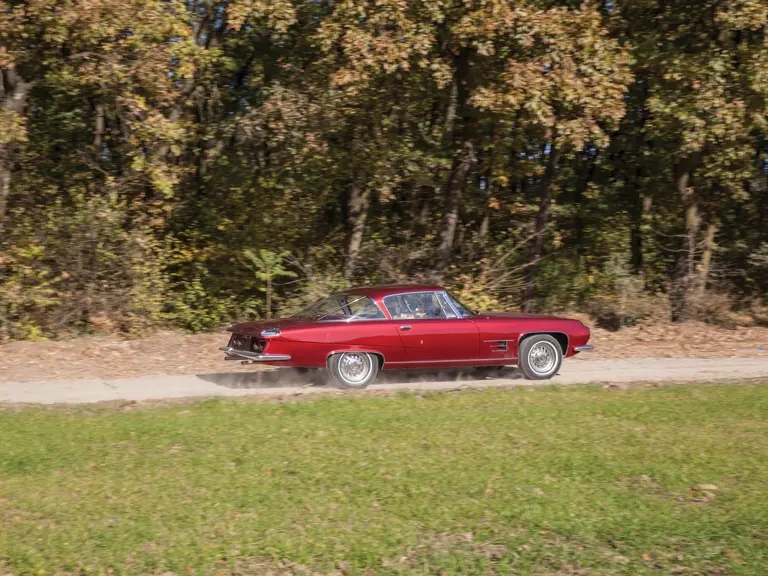

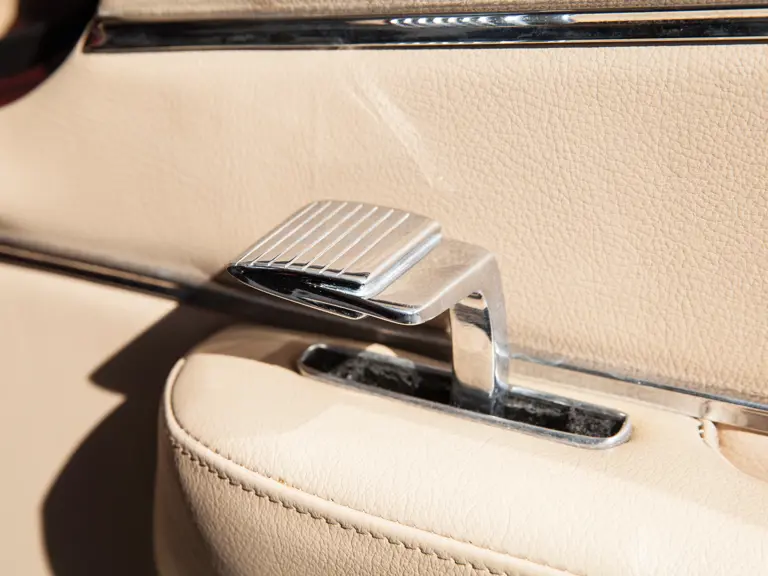
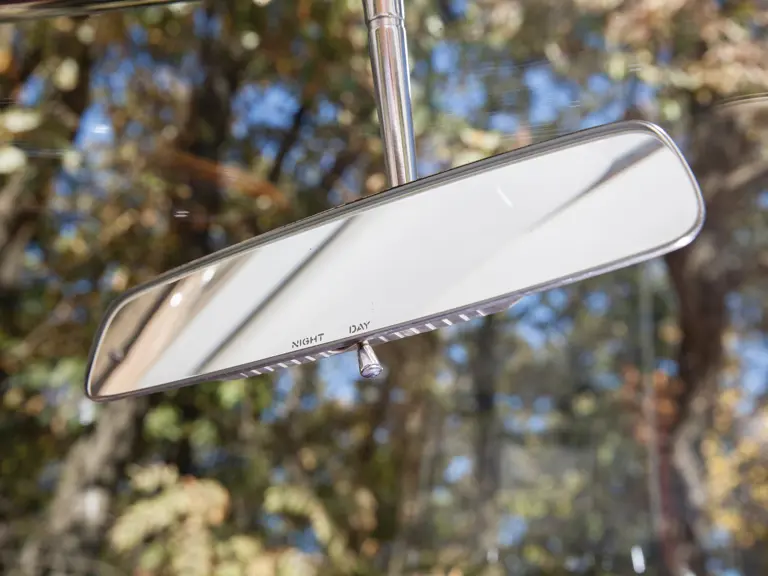
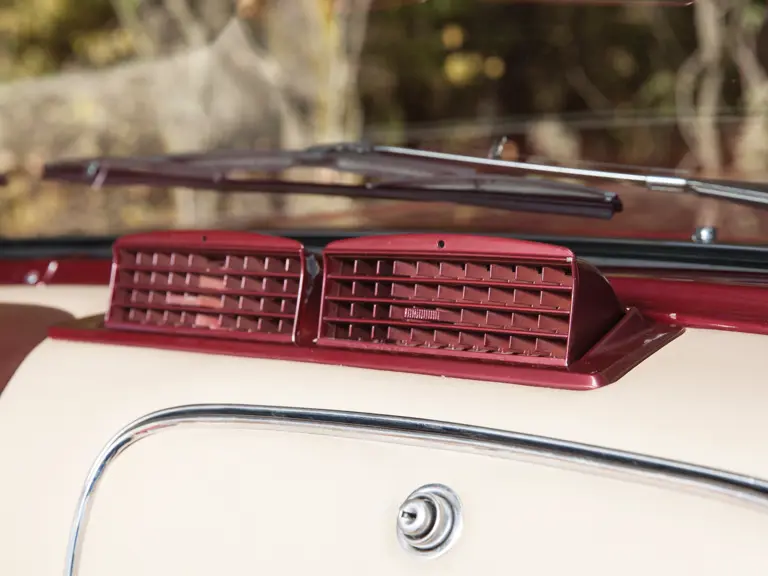
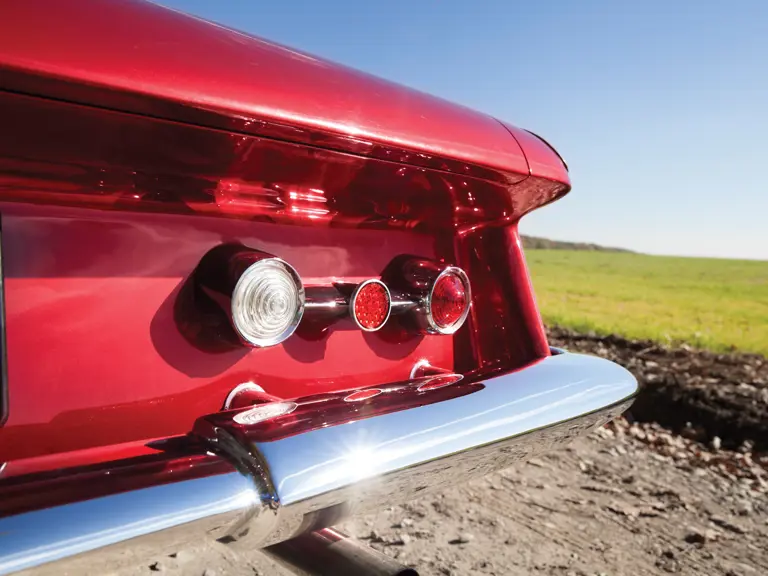
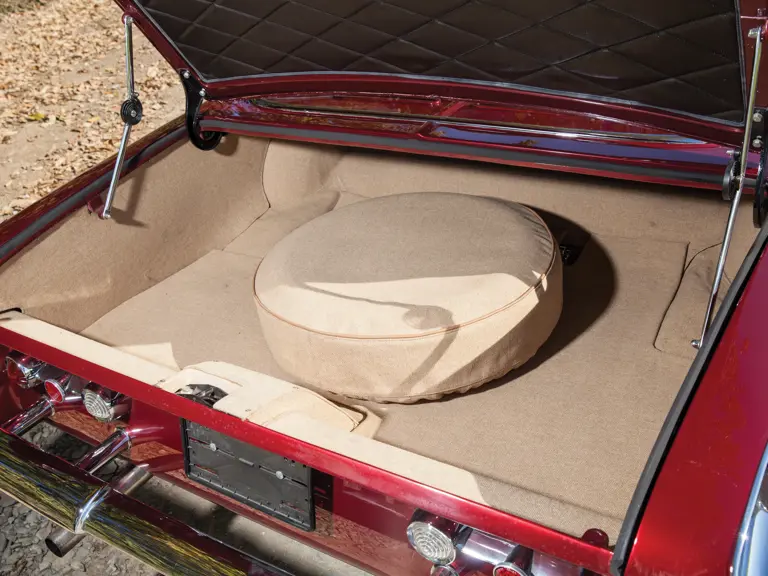

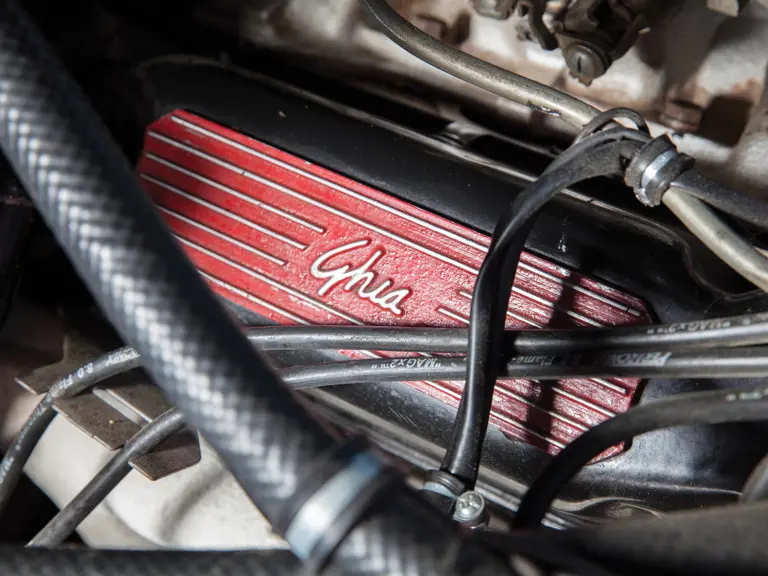
 | Paris, France
| Paris, France
